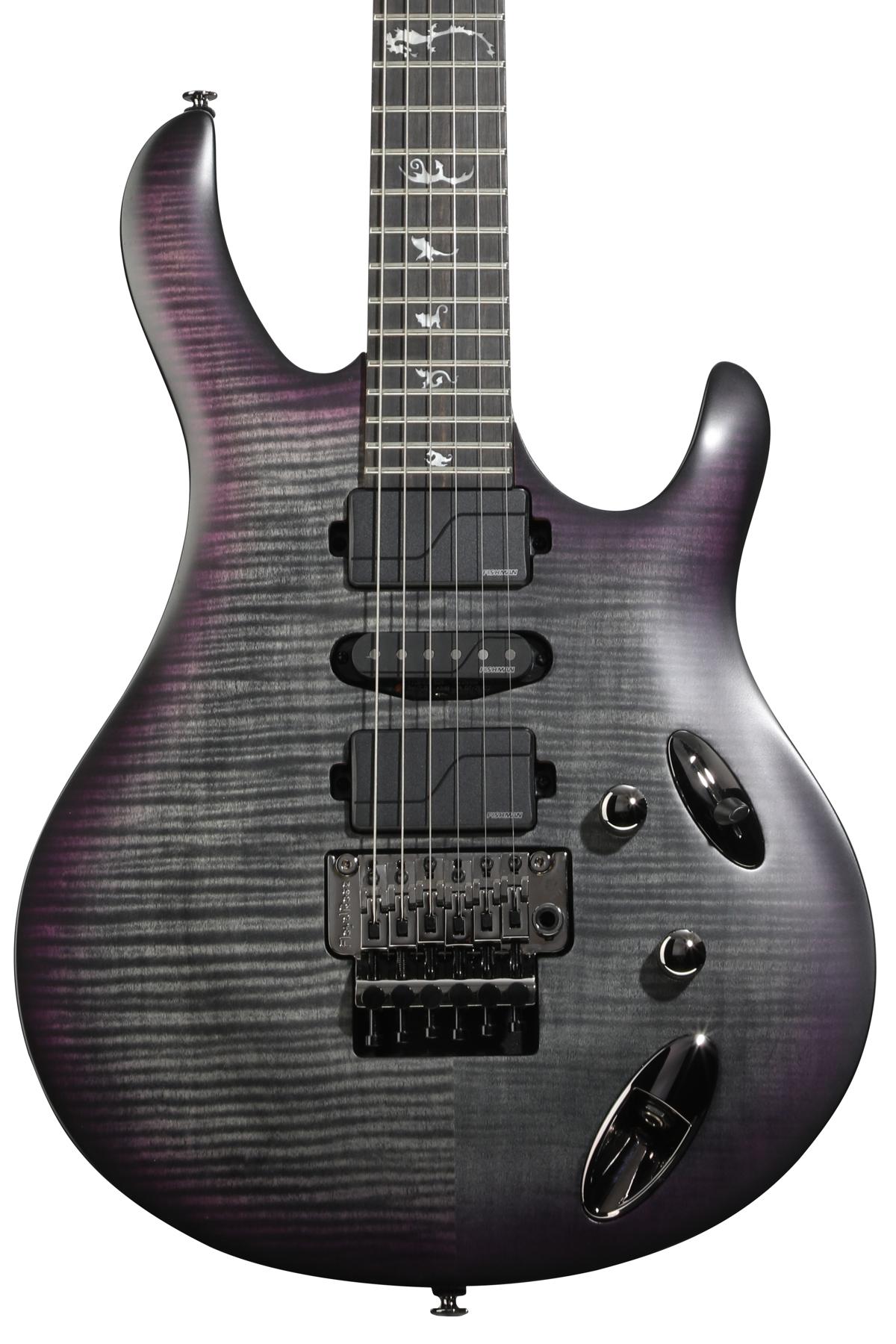RatingsPros:Effective (but not exclusively so) route to Angusville. Companding circuit can yield unique, punchy overdrive textures. Cons: Expensive. Large enclosure. NoEQ controls. Street: $299 SoloDallas TSR4 Schaffer Replica Classic solodallas.com | Tones: Ease of Use: Build/Design: Value: |
Yes, paired with a PAF-style bridge humbucker and an EL34-driven amp, the TSR4 Schaffer Replica Classic—which was inspired by the circuit from the late-’70s Schaffer-Vega Diversity Wireless system used at the height of AC/DC’s career—can indeed add tonal “juju” to help you get closer to Angus Young’s iconic sounds. But even if you loathe the Aussie rockers, the TSR4’s unique companding circuit offers something worth checking out for inveterate dirt-box enthusiasts. (Often used in telephony and wireless audio, companding aims to overcome dynamic-range limitations of analog-to-digital conversion by compressing incoming signals for easier delivery, and then expanding frequencies upon conversion back to analog.)
Some of the TSR4’s more interesting tones come from dialing input past noon for a high- and high-mid sizzle that’s somewhere between drive and fuzz. If your rig already verges on bright, you may wish to pull back your guitar’s tone knob, but it can also be quite an appetizing nuance—a fascinating high-end fizz quite unlike what you’ll hear in most overdrives. Meanwhile, higher output settings conjure mid and low-mid liveliness, and a subtle-but-significant quasi-gating effect that can make chord stabs and fast transients feel punchier and cleaner without any of the noticeable note cutoff you’d contend with from a dedicated noise gate or stuttering fuzz.
Test gear: Gibson Les Paul Traditional with 57 Classics driving an EL34-powered Jaguar HC50, Eastwood Sidejack Baritone DLX with Curtis Novak Jazzmaster Widerange pickups through an MXR Reverb feeding the HC50 and a Fender Rumble 200
Watch the First Look:








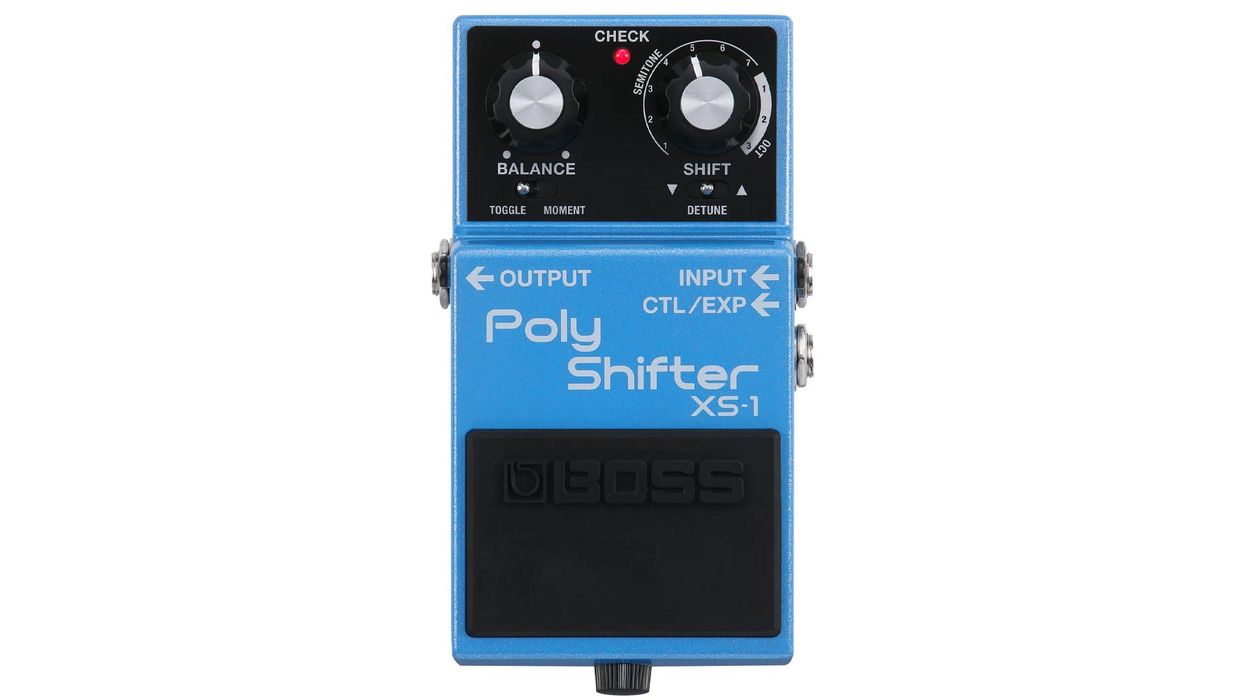
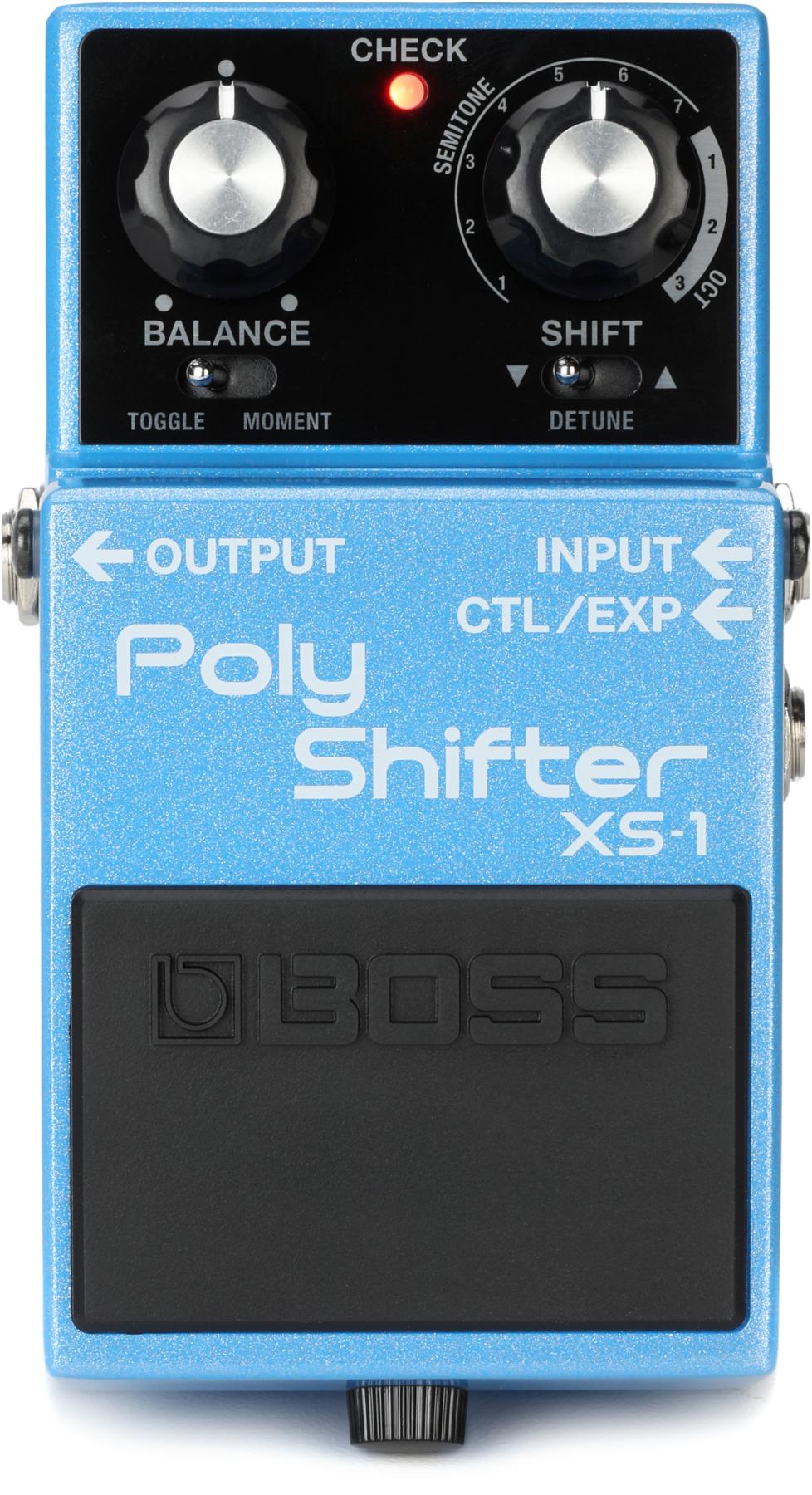



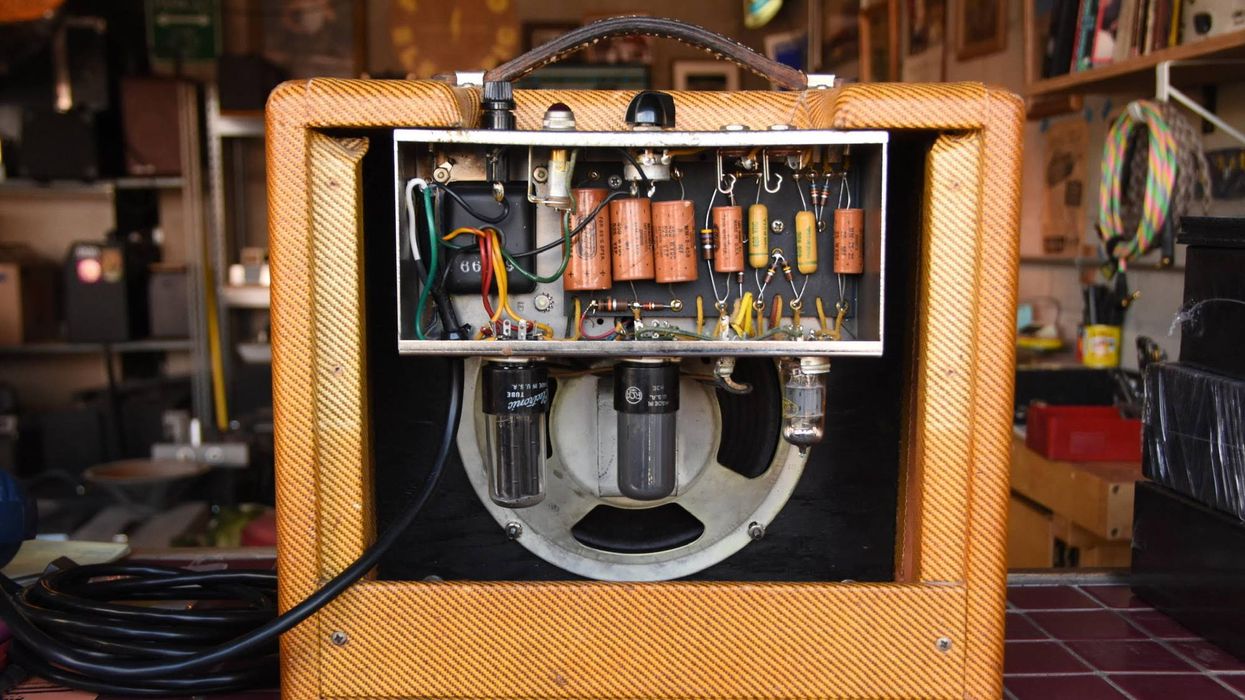
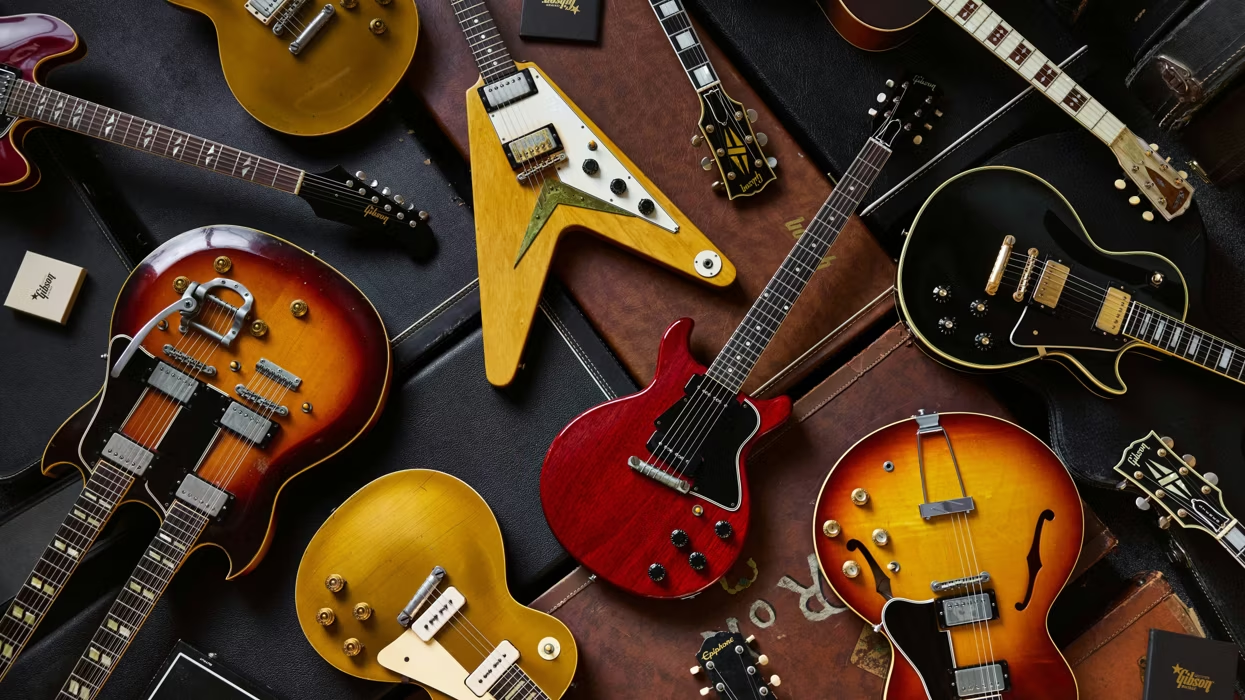

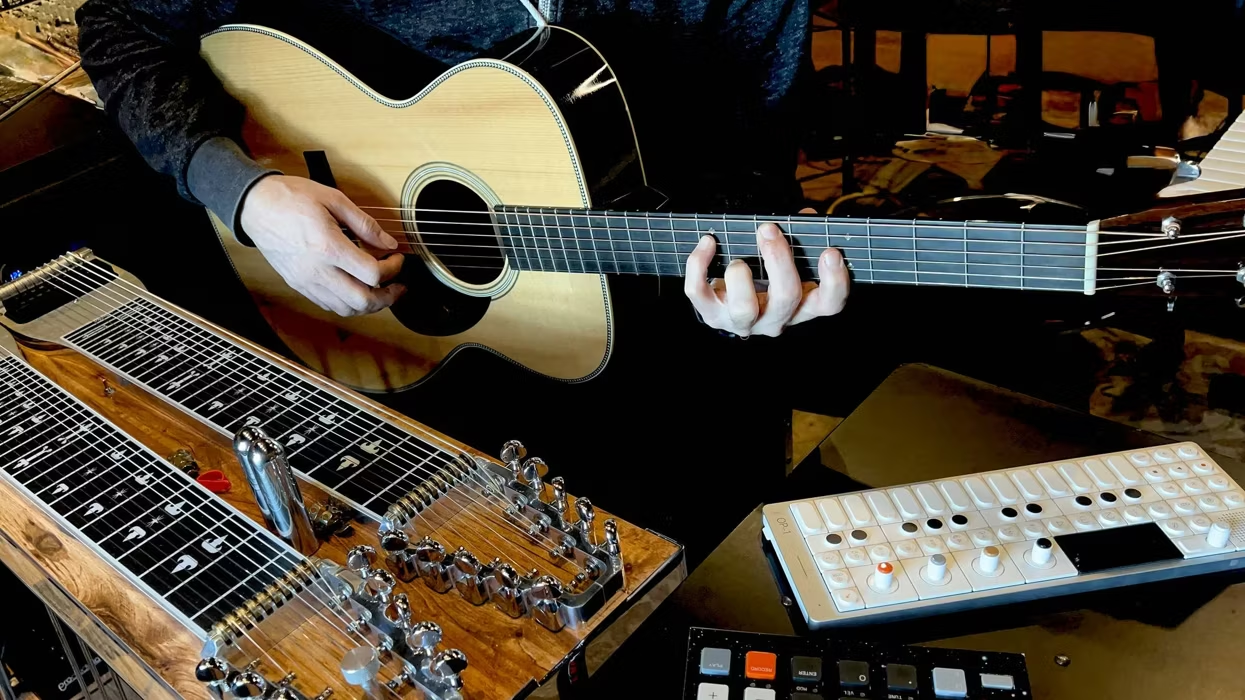
![Rig Rundown: Russian Circles’ Mike Sullivan [2025]](https://www.premierguitar.com/media-library/youtube.jpg?id=62303631&width=1245&height=700&quality=70&coordinates=0%2C0%2C0%2C0)








